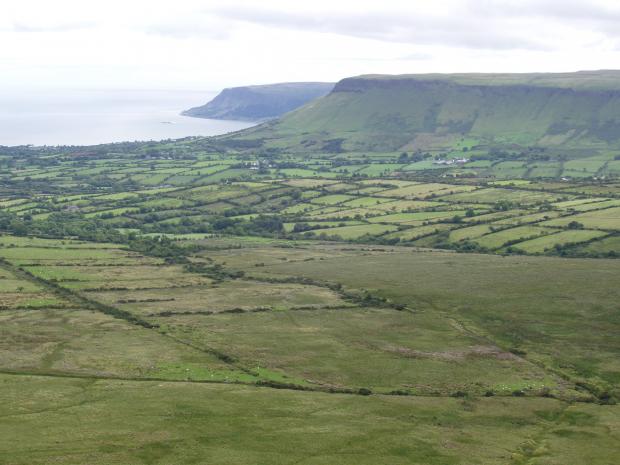
Tievebulliagh Hill is a conspicuous crag of olivine dolerite at the edge of the Antrim Plateau. This site is the type locality for the first definitive account of the pyrometamorphism of laterite and lithomarge. The resultant rock, a tough fine-grained porcellanite, was exploited by Neolithic man, who established a stone axe factory based on material from the outcrop and scree.
A range of upland vegetation communities that are representative of those which are widespread throughout northwest Antrim including a range of dry heath, shallow peat and flushed acid grassland habitats.
Notable wet grassland species present are pale butterwort and lesser clubmoss. It is also a site for breeding peregrine falcon.
Related articles
- ASSI Guidance for Public Bodies/Competent Authorities
- Coastal Areas of Special Scientific Interest
- Conservation Management Plans (CMPs)
- European Marine Sites - Marine Special Areas of Conservation and Special Protection Areas
- Introduction to Conservation Management Plans (CMPs) for Northern Ireland’s Special Areas of Conservation
- Marine Conservation Zones
- Marine Protected Areas
- Marine Ramsar sites
- Special Areas of Conservation
- Special Areas of Conservation for Harbour porpoise
- Special Protection Areas
